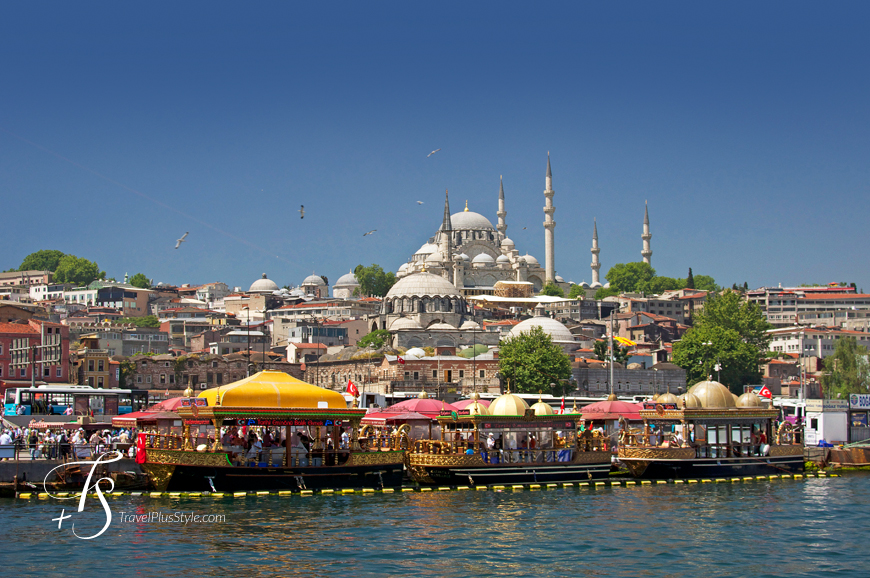

We managed to stay out of trouble of course, but what’s more, the couple of moments when we did get stuck in the chanting crowds were exhilarating rather than dangerous. Unexpectedly, the city’s turmoil added to the experience without taking anything away.
Nevertheless, taking part in popular uprisings did not make it to our list of the highly subjective Top 11 Things. What did? Read on.
Photos by Laskowski & Zadros, © TravelPlusStyle.com
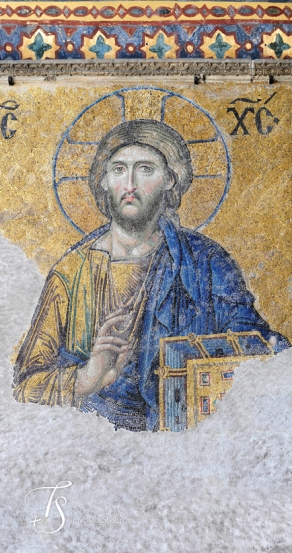
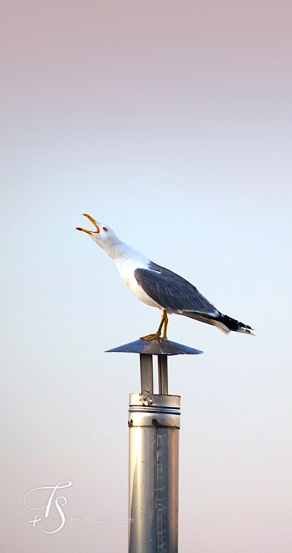
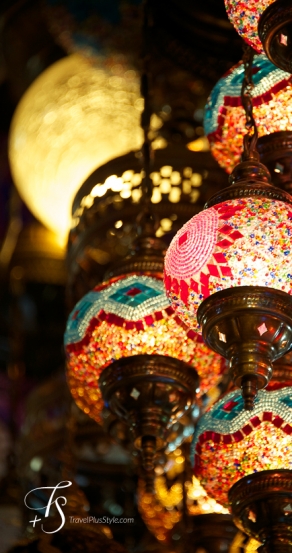
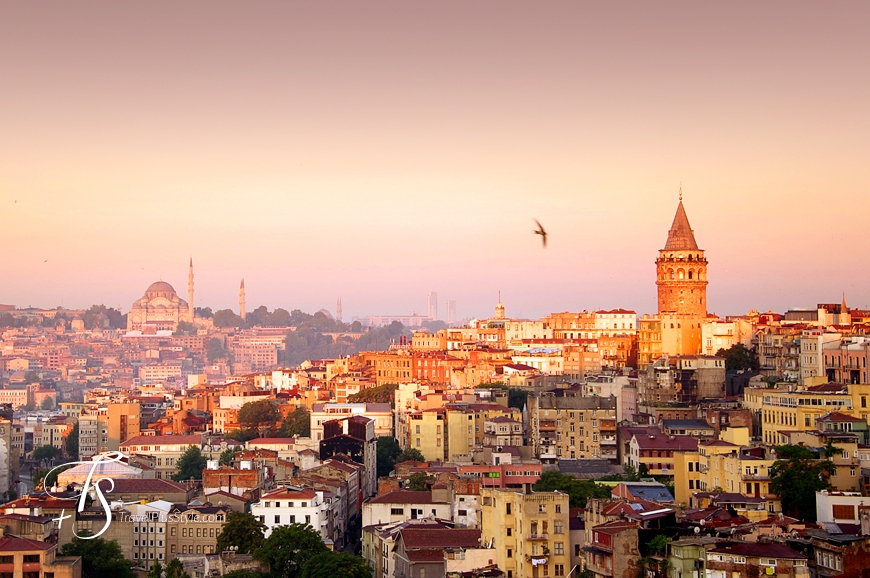
“If one had but a single glance to give the world, one should gaze on Istanbul.” —Alphonse de Lamartine
Let’s start at one of Istanbul’s high points, precisely at 66.9m. When the Galata Tower was erected in 1348 it was one of the tallest structures in Istanbul. Today it still dominates the Galata/Karaköy quarter, watching over the Golden Horn: a natural harbour that has protected the Greek, Roman, Byzantine, Ottoman and other merchant ships throughout history.
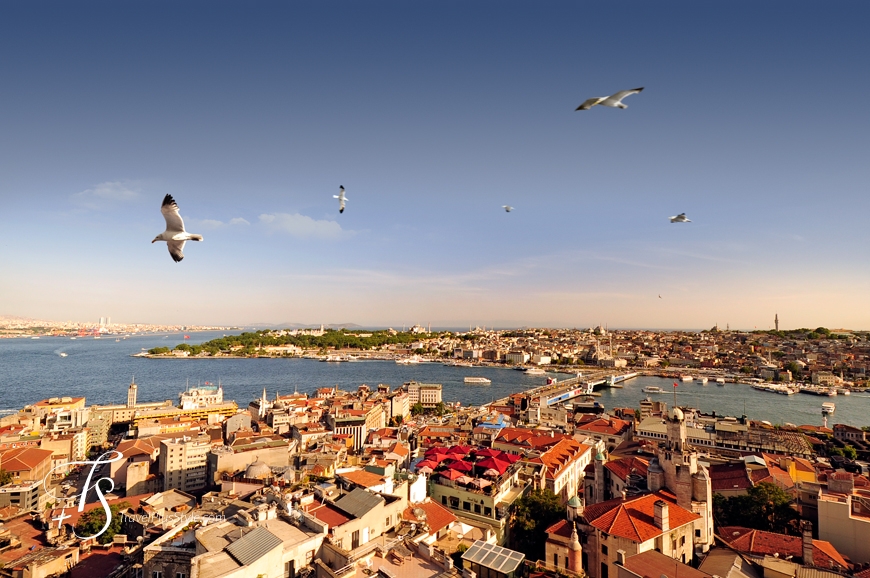
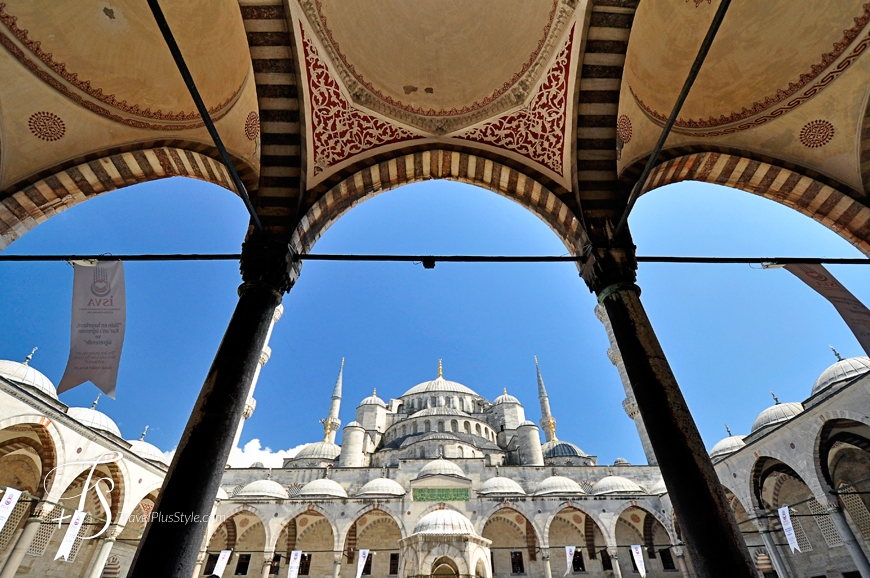
Built between 1609 and 1616 by the Ottoman ruler Ahmed I at the height of the Empire’s power, the Mosque still serves as an active place of worship.
It is closed to tourists during prayers and on Mondays, so plan accordingly.
The Mosque’s nickname comes from the dazzling blue tiles on the interior walls—some twenty thousands of them.
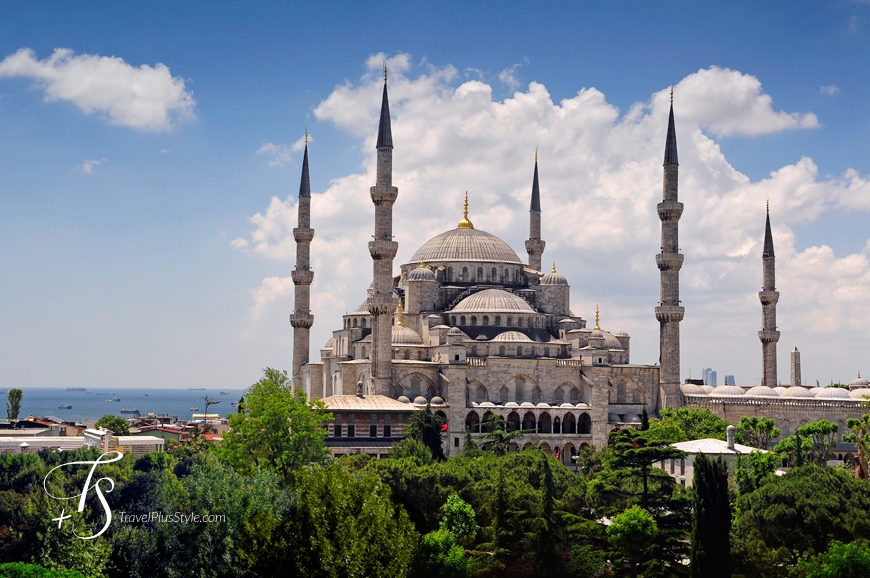
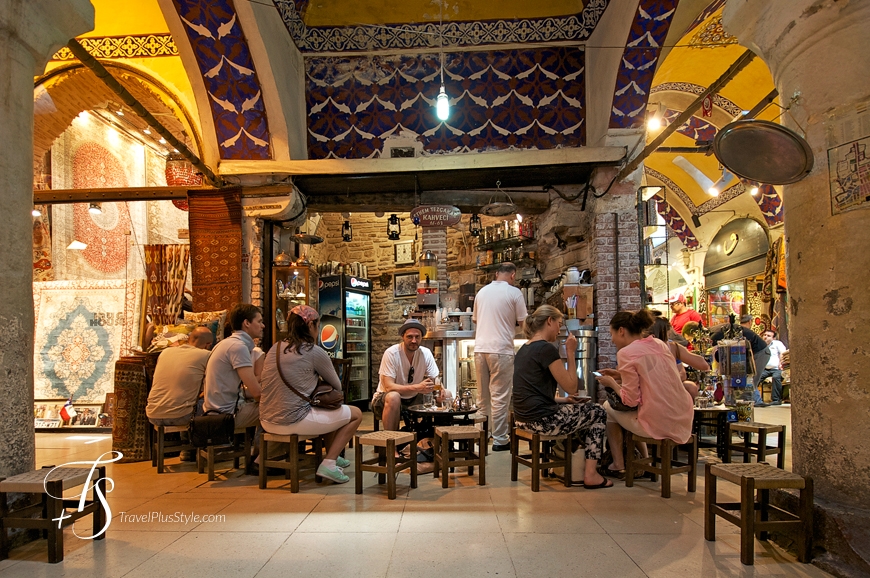
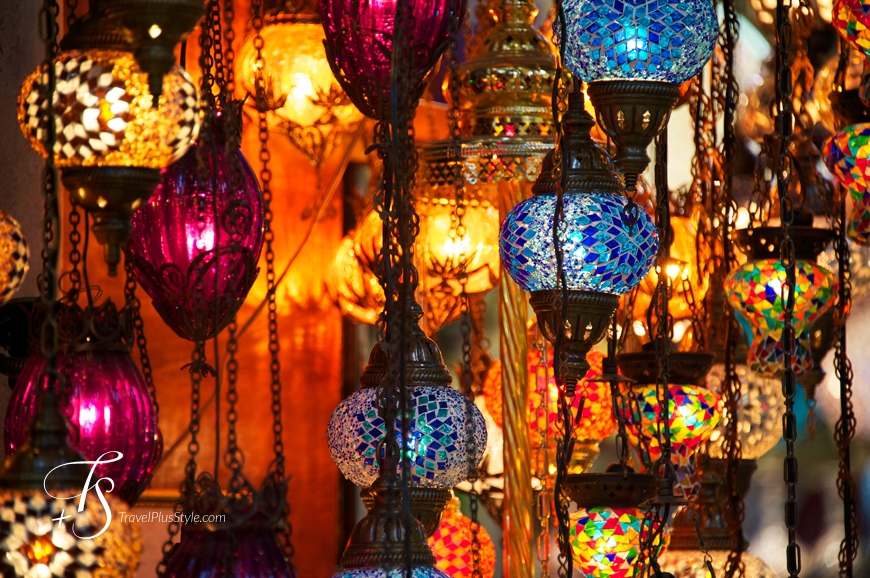
Just over a kilometre from Blue Mosque sprawls a massive place of commerce that operates incessantly since 15th century.
Some 5000 shops in 60 covered streets offer spices, leather goods, jewellery, incense, the famed Turkish sweets and everything else in between.
Go bargain hunting—or just sit with a cup of tea or the mandatory Turkish coffee and watch the crowds hurry by.
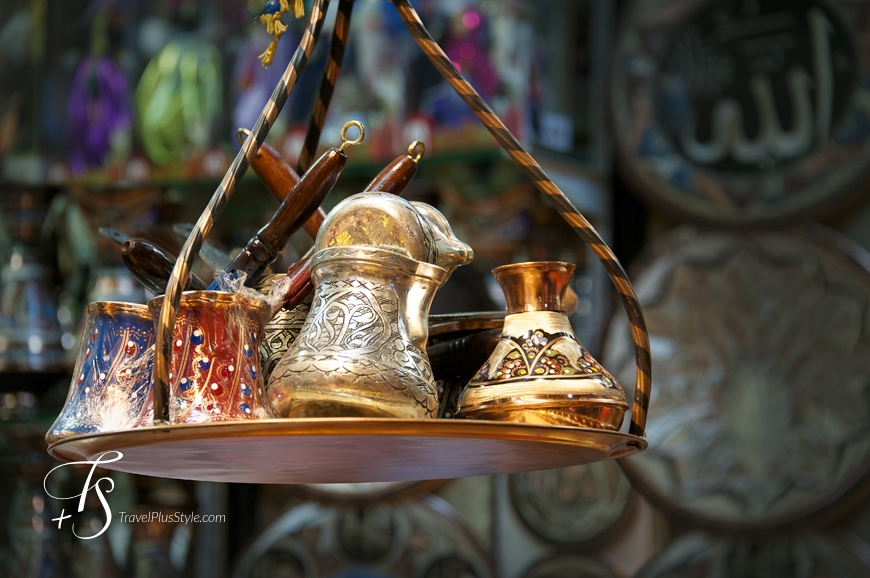
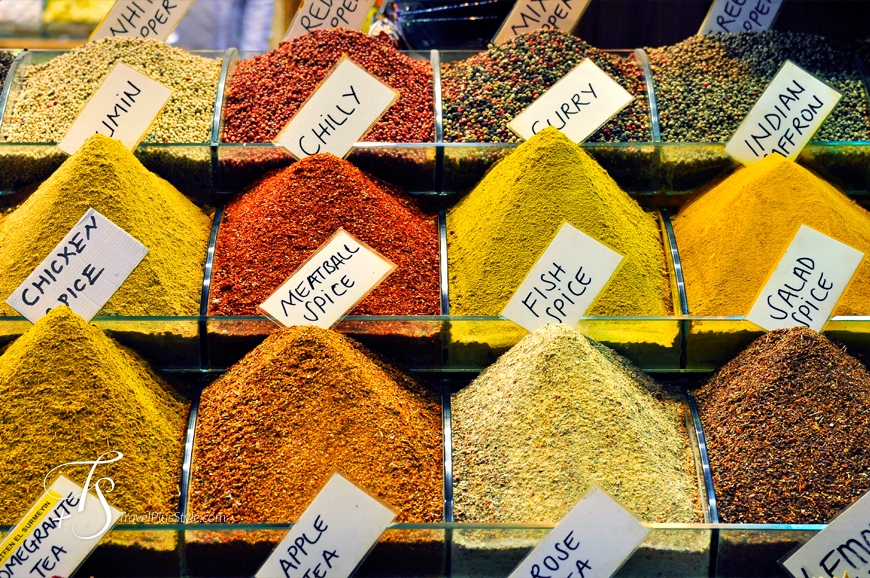
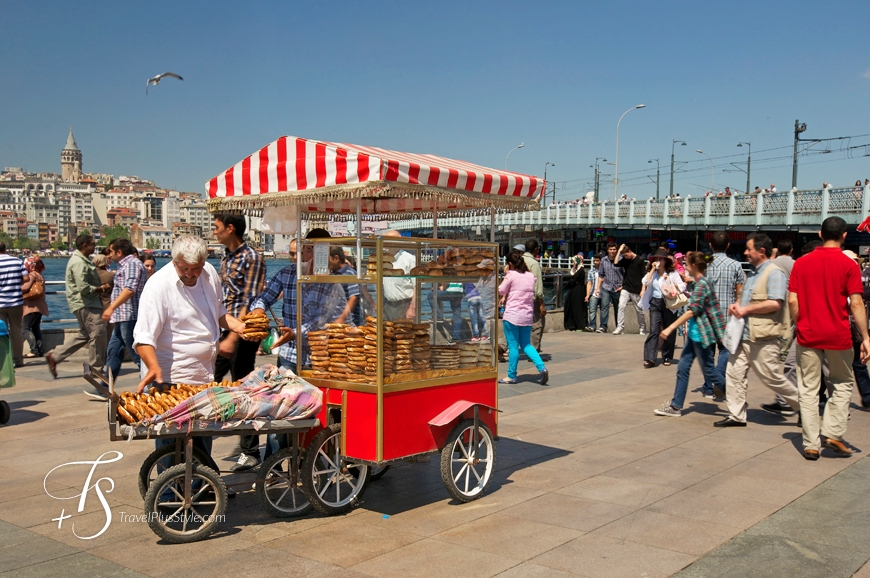
This bridge spans the old and new Istanbul and is one of those places that reflect the modern city’s commercial life.
The cafes, bars and restaurants adjoining the walkways either side of the bridge lure tourists into their traps. Above them, locals lining the railings with fishing rods provide opportunities for some classic Istanbul photography.
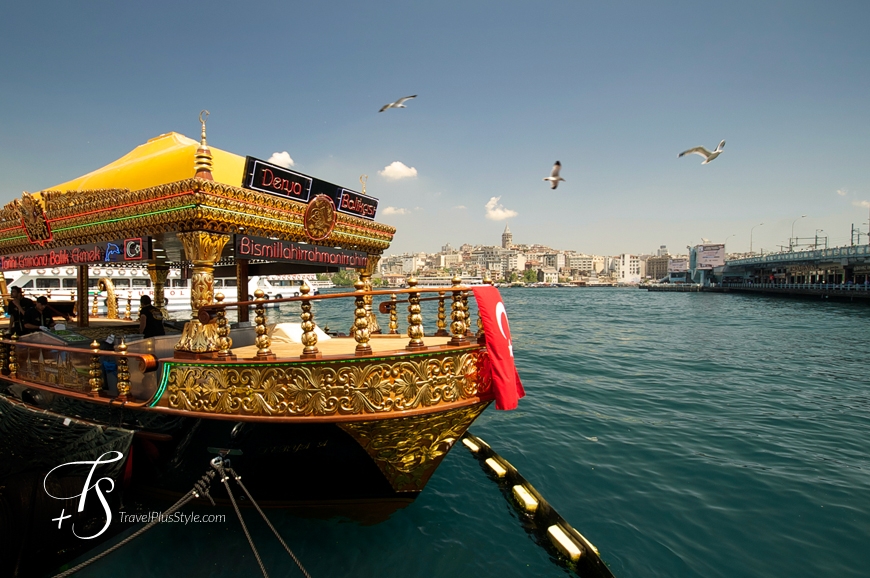
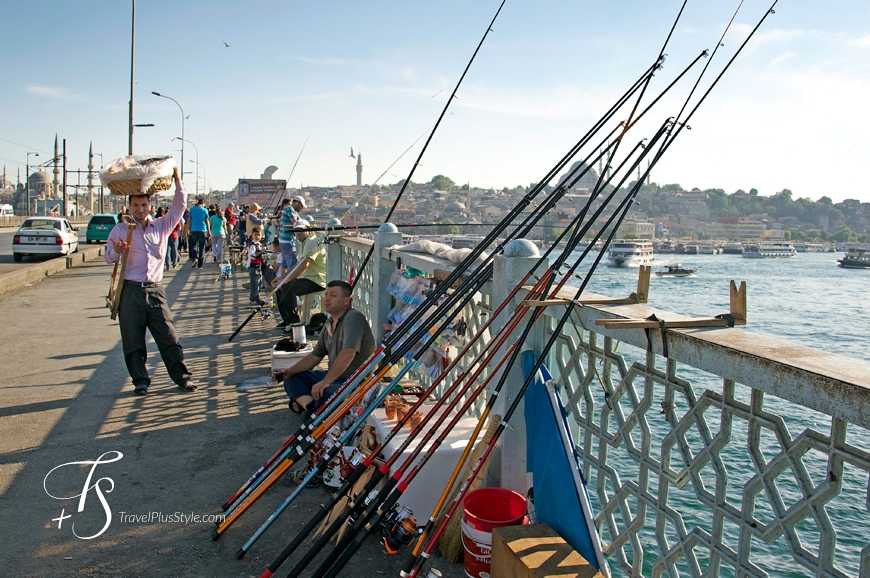
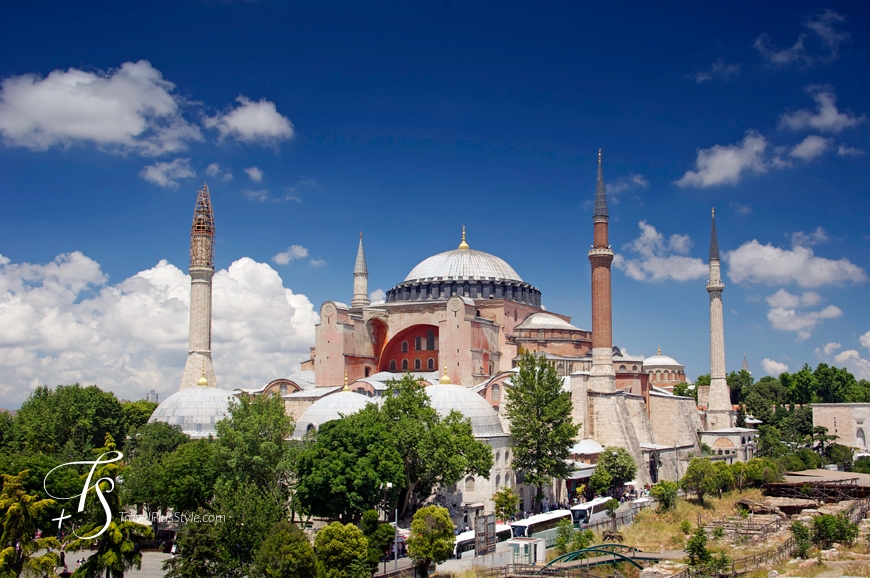
“All other cities are doomed, but I imagine that as long as people exist, Constantinople will exist.”—Petrus Gyllius
Meaning “God’s Wisdom” in ancient Greek, the famous temple of Hagia Sophia is a stunning witness to the city’s past splendour. It was built in the days when the city was called Constantinople—in year 537.
In these 1477 years Hagia Sophia survived invasions and sackings and served as a Christian church and a mosque. Today a museum, the temple invites to marvel at the massive dome and to study the beautiful mosaics on its ancient walls.
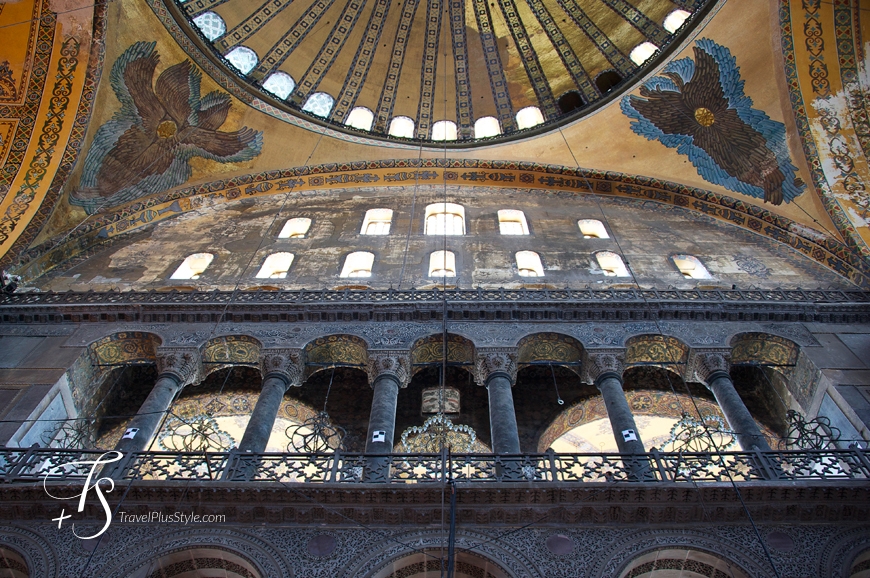
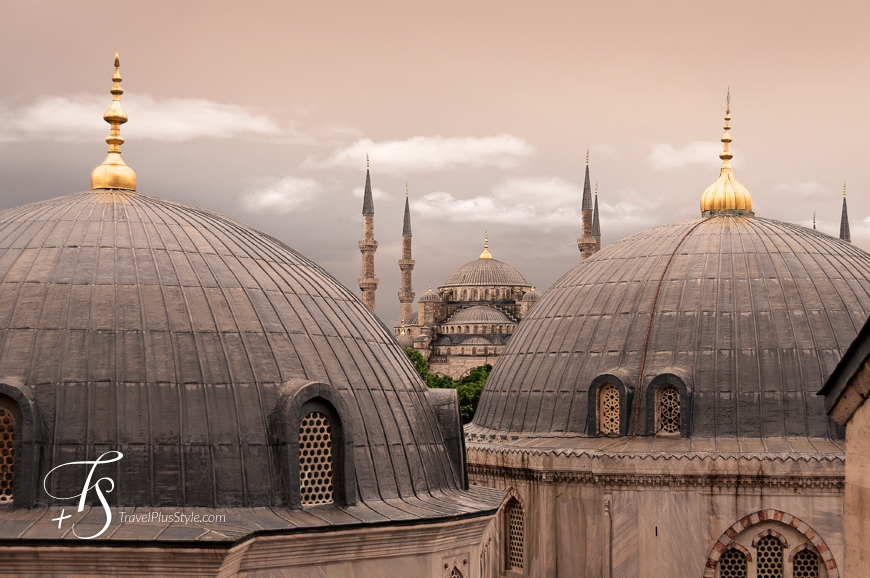
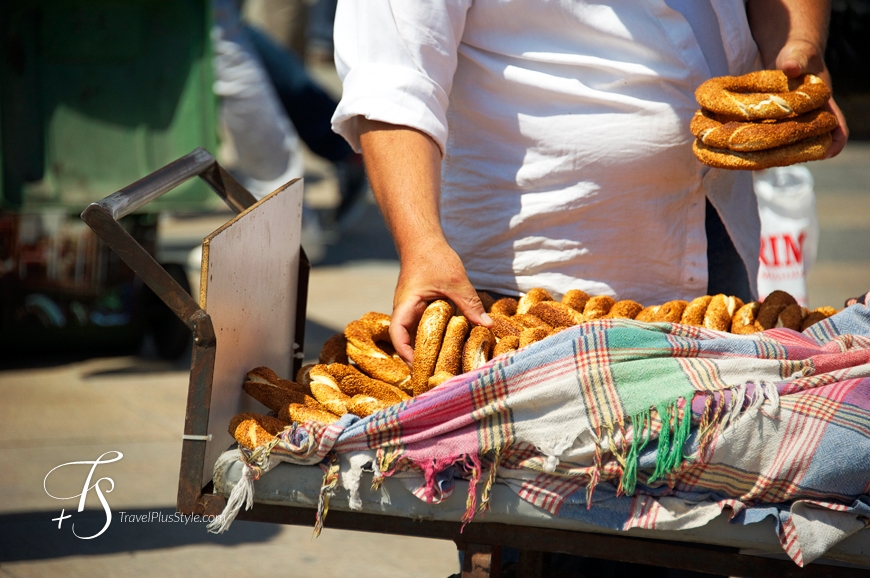
To get a real sense of the place you have to smell it, touch it—and discover its culinary delights.
“ ‘Life can’t be all that bad,’ I’d think from time to time. ‘Whatever happens, I can always take a long walk along the Bosphorus.’ ”― Orhan Pamuk
So we grabbed a Simit (a classic Turkish pretzel/bagel) when exploring the old city, bought a box of Turkish Delights and popped in to some of the countless small restaurants and bars.
Get a true taste of the local food by leaving the touristy neighbourhoods: some of the best eating we had was in the Cihangir area—in the small and sincere eateries with no silver cutlery but plenty of authentic Ottoman soul.
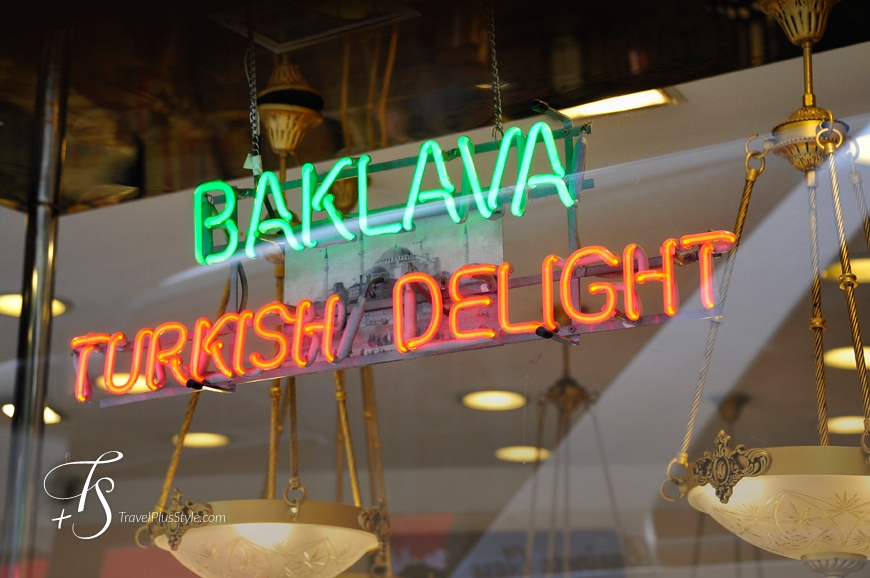
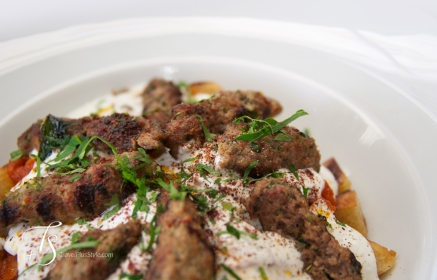
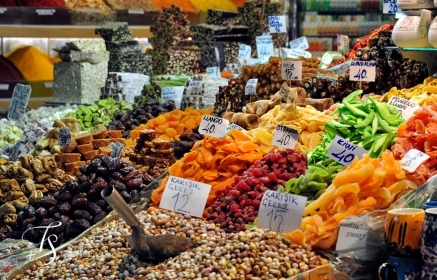
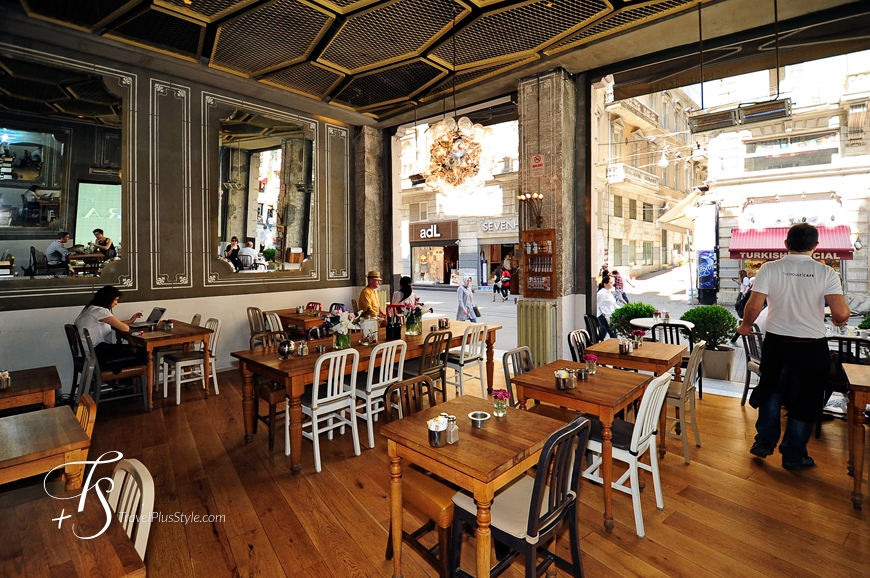
Stray just few streets away from the most popular tourist trails and you will find yourself in the areas where locals shop and hang out. Find chic locals’ restaurants hidden away in the maze of pathways and streets of Karaköy or Cihangir, or discover some of the funkiest shops and boutiques in the steep streets surrounding the Galata Tower.
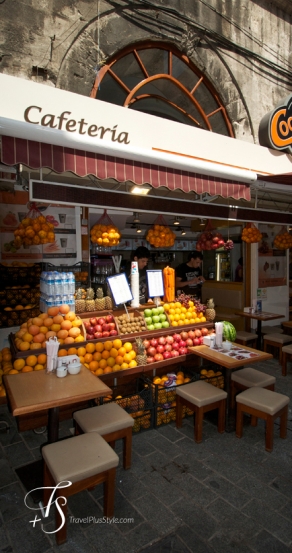
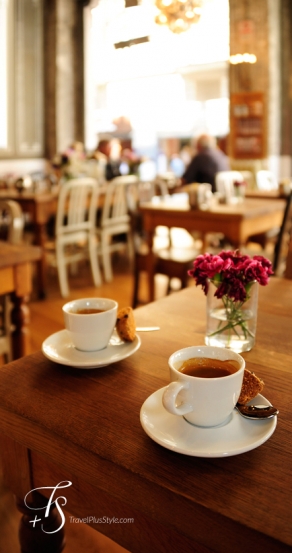
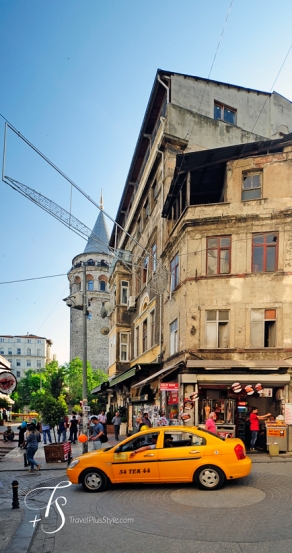
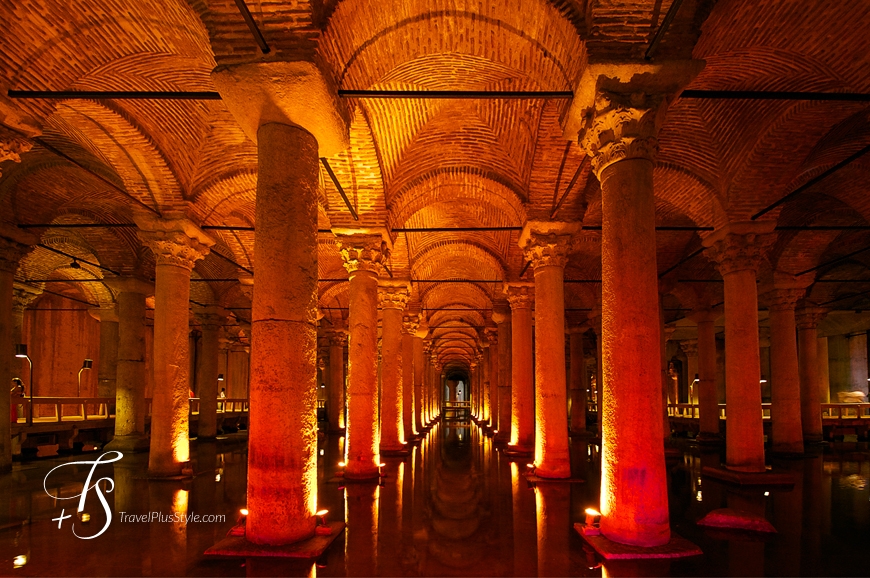
The unique location of the city made it a pivotal player in thousands of years of history—and a witness to the rise and fall of quite a few empires.
Fragments of destroyed monuments were often re-used to build new ones. Such was the origin of the massive columns in the Basilica Cistern (Yerebatan Sarniwci).
Constructed in 6th century, this network of tunnels and tanks formed a water storage system. Look out for the face of Medusa, tucked in the corner—just one broken shard of the past Roman Empire glory.
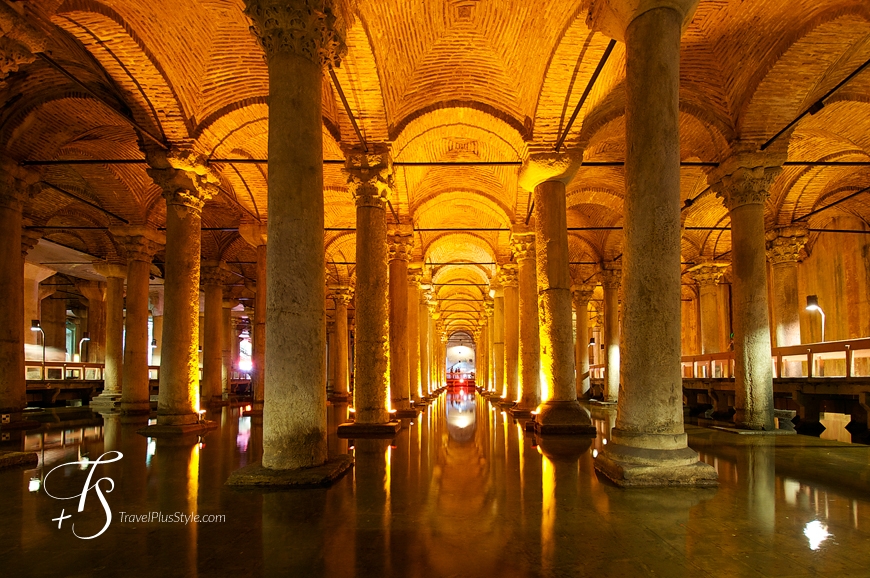
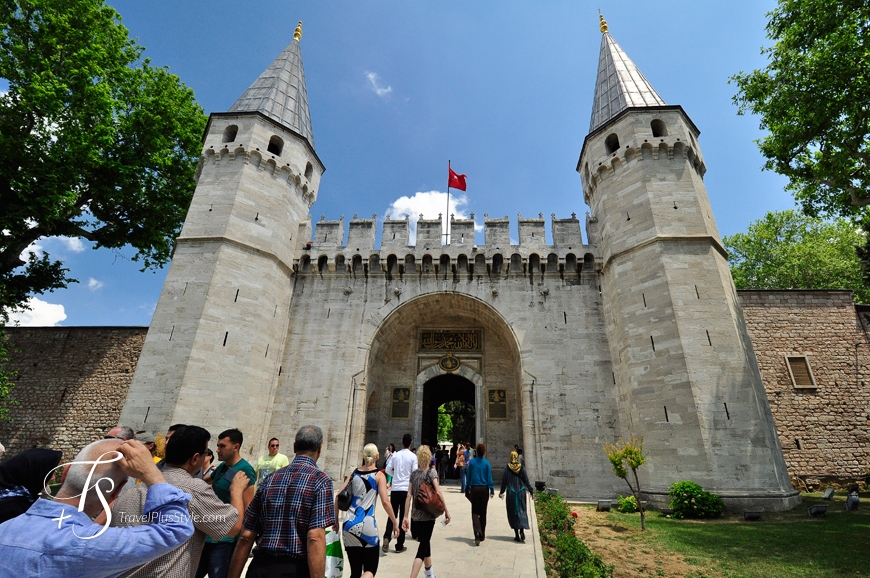
One of the oldest palaces in the world, it’s a must-do on many itineraries. It has a great collection of beautifully crafted militaria and some pretty arabesque tiles. The maze of rooms in the Harem inspires to reflect upon the fate of countless women held here as sultan’s wives and concubines.
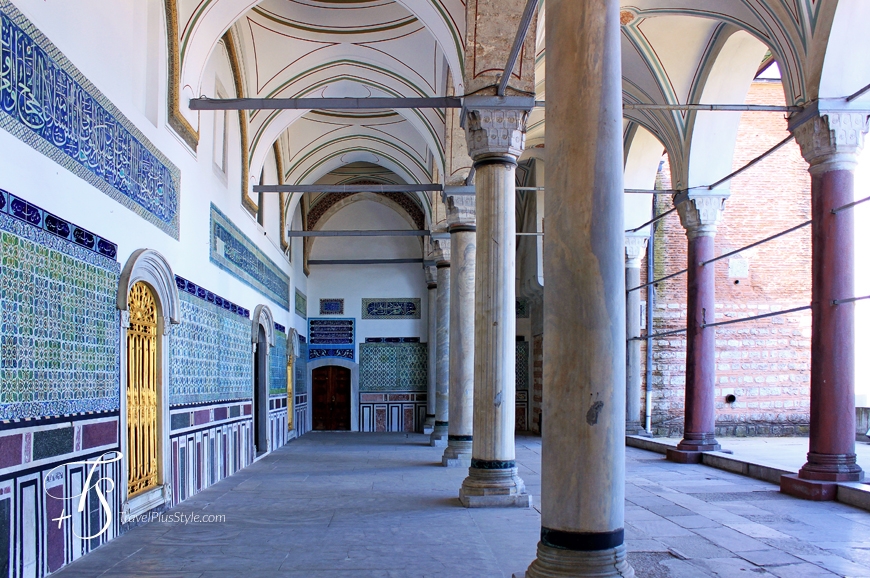
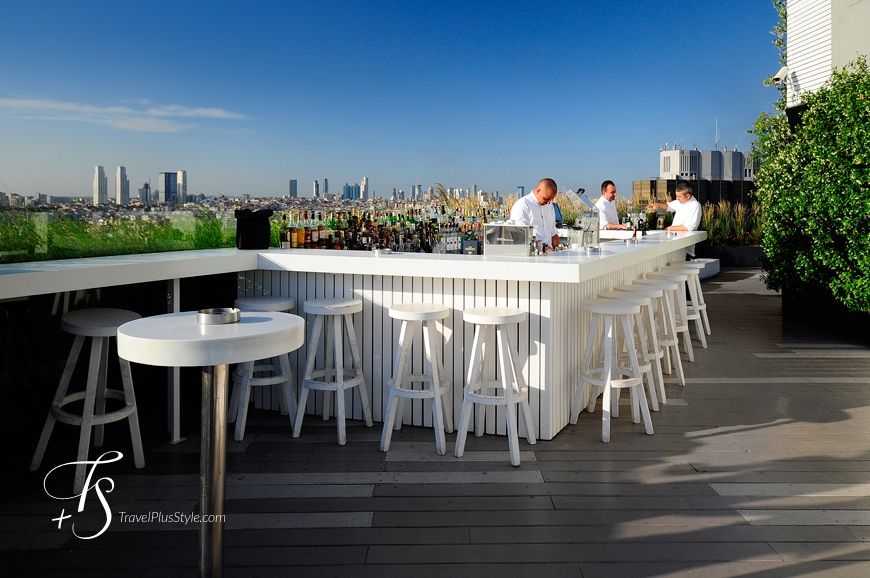
We can’t think of a better way to end Istanbul sightseeing than with a couple of Mohitos at one of the hippest places in the city.
Mikla is everything you should expect from a chic rooftop bar in a cosmopolitan city. It has minimalistic design, good cocktails and some of the best views in Istanbul. Just get there early—it’s a popular spot!
Ah, and make sure to have a warm jumper with you: the sea breeze can make the evening rather chilly (thankfully the staff will offer you a blanket).
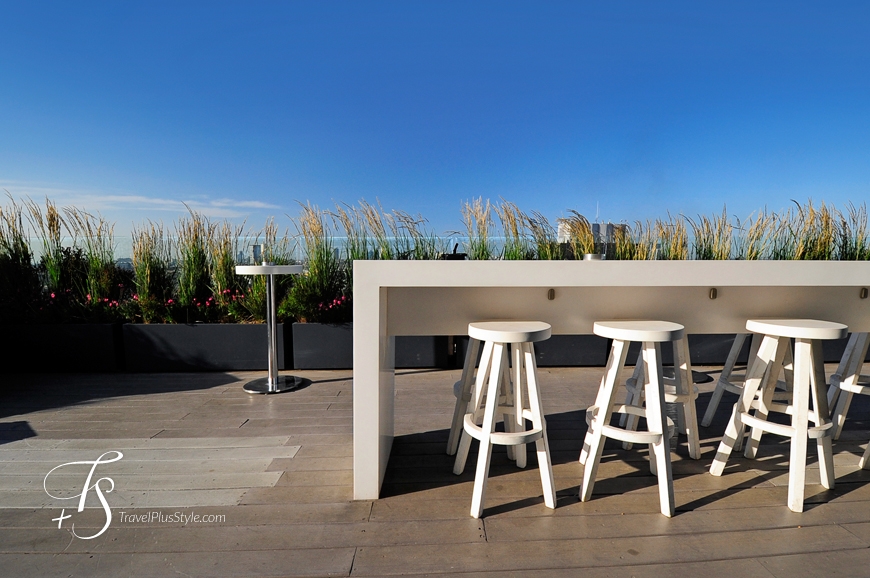
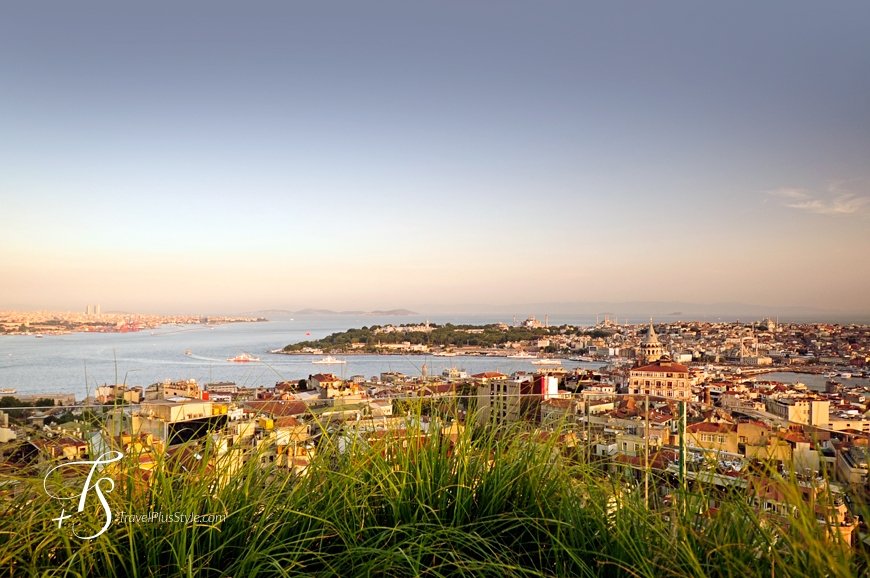
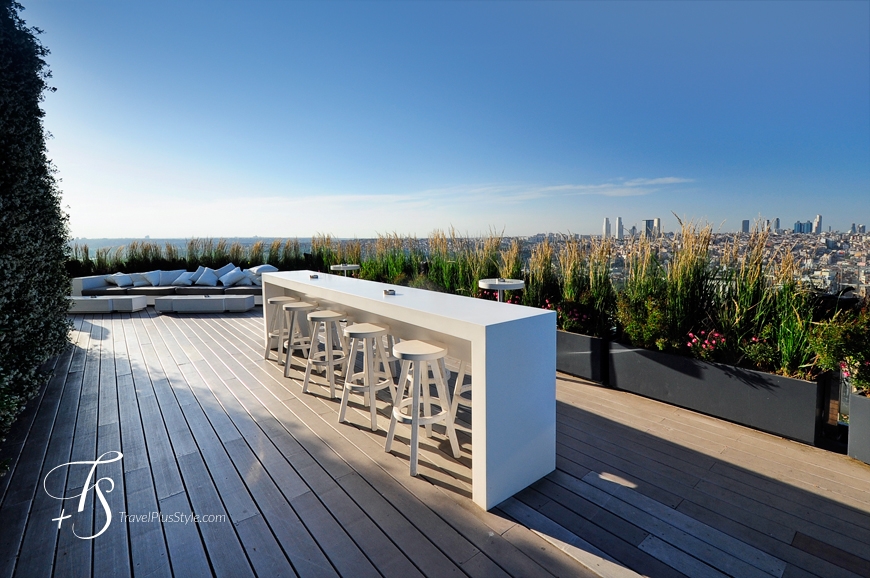
Last but not least—if by this time you weren’t completely enchanted with Istanbul, an evening stroll in this ancient metropolis should invoke the romantic side in the most practical types.
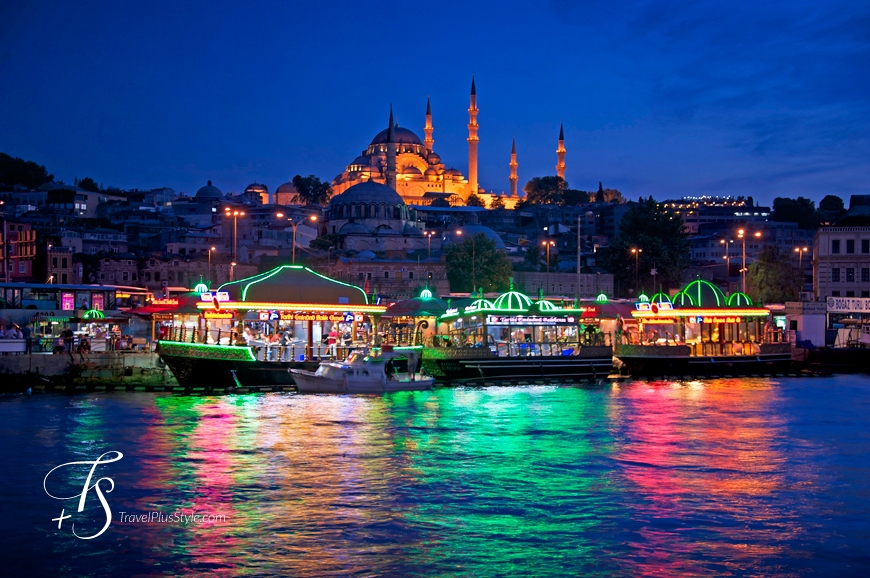
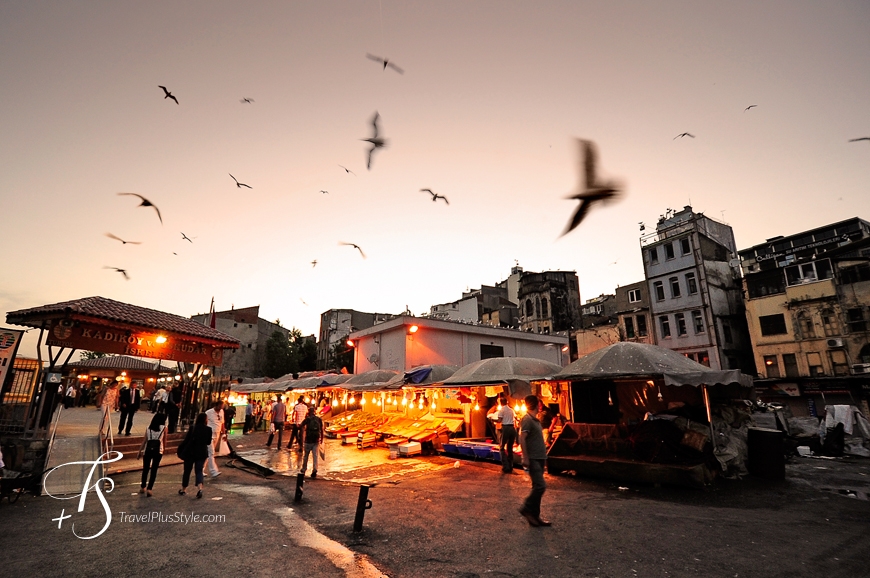
Photos by Laskowski & Zadros, © TravelPlusStyle.com
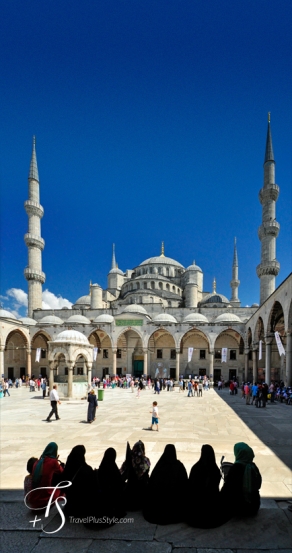
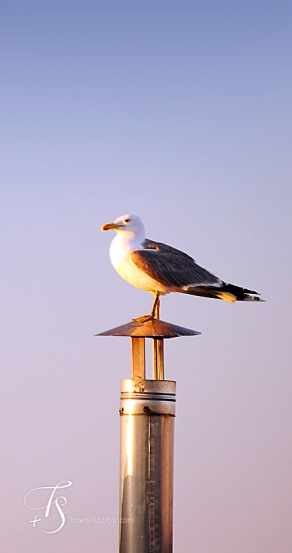
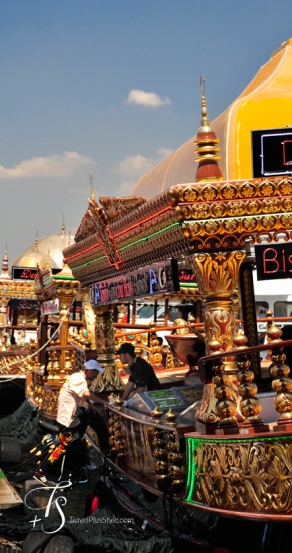
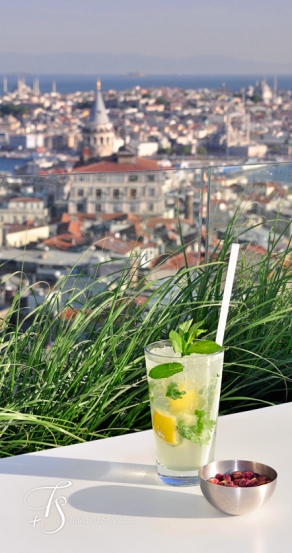
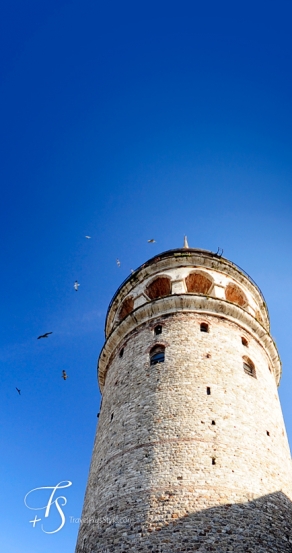
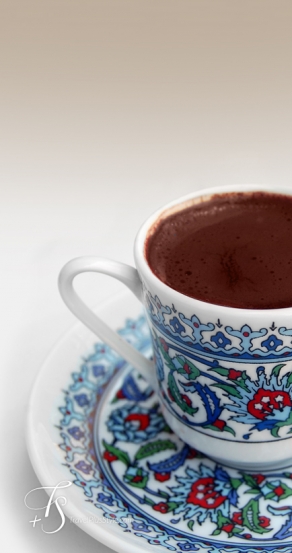
Author: Travel+Style. Last updated: 03/05/2021